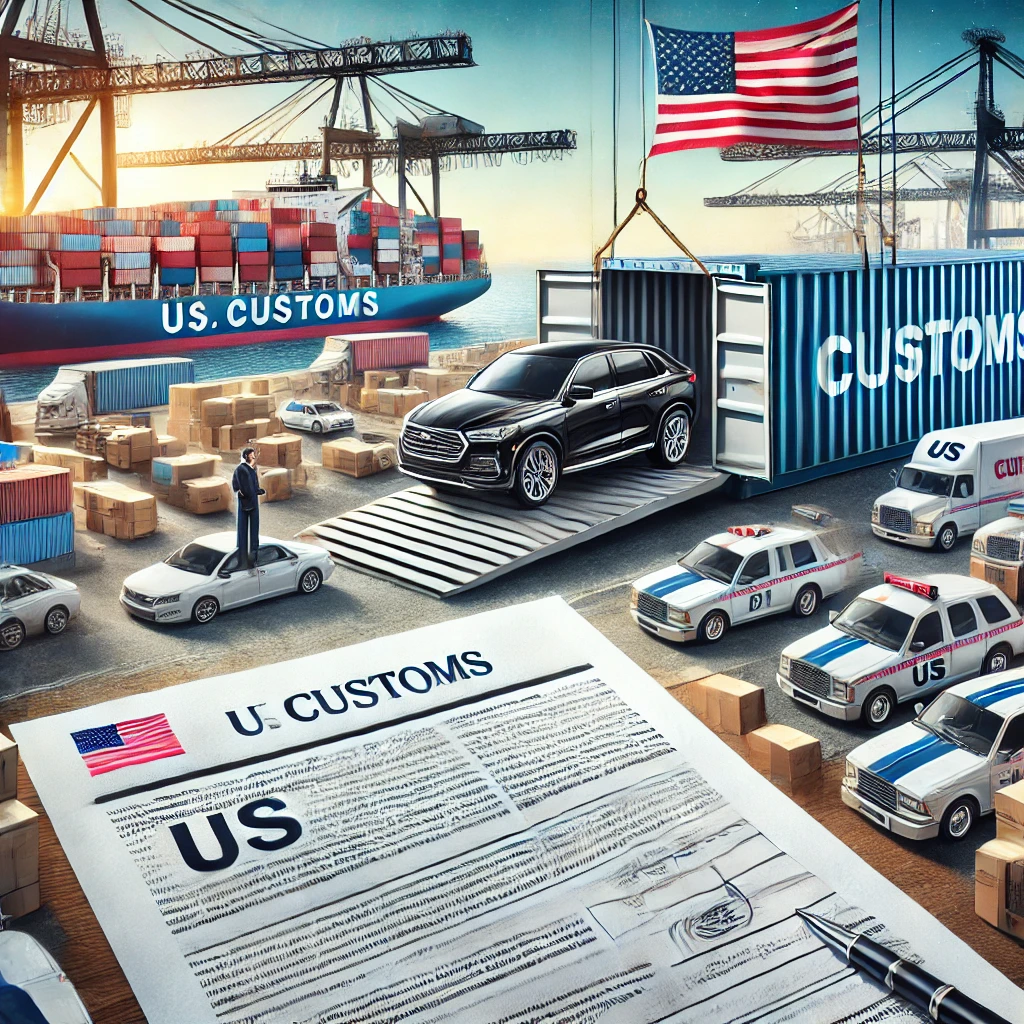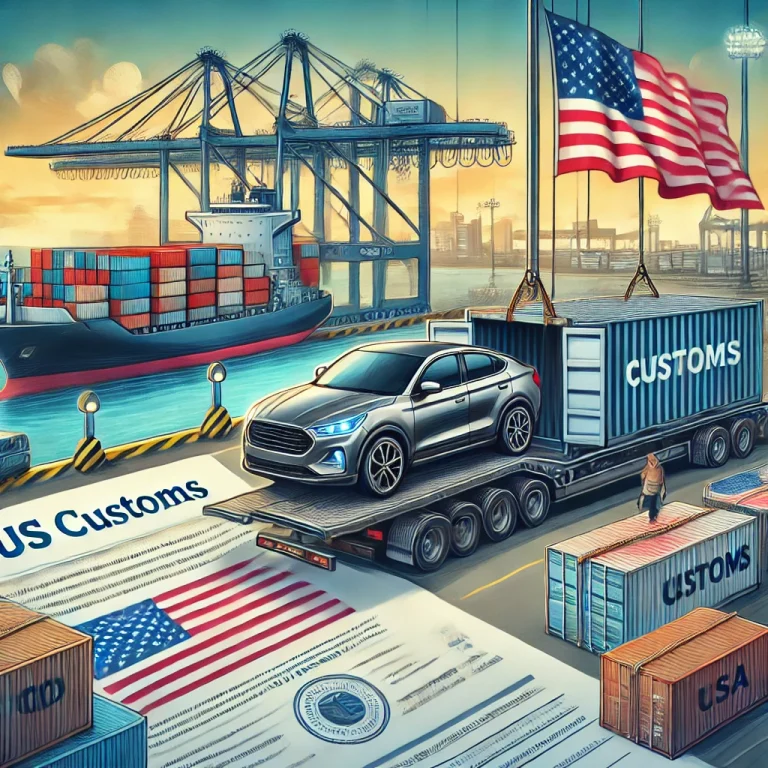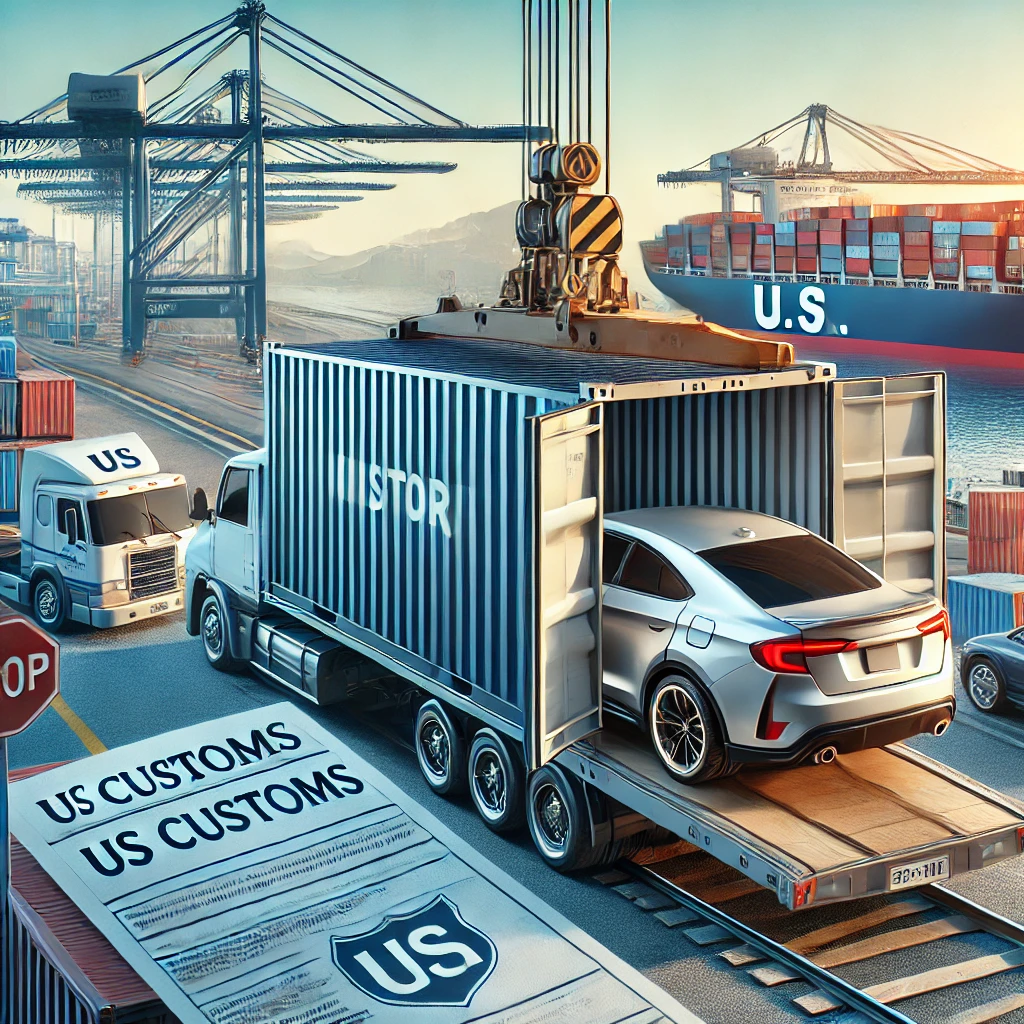Importing Cars to USA: A Comprehensive Guide to Automobile Importation

Understanding US Car Import Laws
Before diving into the process, it’s essential to familiarize yourself with US car import laws. These regulations are designed to ensure that imported vehicles meet US safety and environmental standards.
Key Points of US Vehicle Import Laws:
- 25-Year Rule: Vehicles at least 25 years old can be imported without meeting Federal Motor Vehicle Safety Standards (FMVSS).
- Emissions Standards: Imported cars must comply with EPA (Environmental Protection Agency) emissions standards.
- Safety Standards: Vehicles less than 25 years old must comply with DOT (Department of Transportation) safety standards.
- Show or Display: Some vehicles may be imported under the “Show or Display” exemption for limited use.
How to Import a Car to the USA
The process of importing a car to the United States involves several steps:
- Determine Eligibility: Check if the vehicle is eligible for importation under US car import regulations.
- Gather Documentation: Collect necessary paperwork, including the vehicle’s title, purchase invoice, and foreign registration.
- Arrange Shipping: Choose a method of transportation (container or RoRo) and a shipping company.
- Customs Clearance: File necessary forms with US Customs and Border Protection (CBP).
- Pay Duties and Taxes: Import duties are typically 2.5% for cars, 25% for trucks. Sales tax may also apply.
- Compliance Modifications: If necessary, modify the vehicle to meet US safety and emissions standards.
- Registration: Register the vehicle in your state of residence.
Importing Cars from Specific Countries
Importing a Car from Mexico
Importing a car from Mexico to the US can be straightforward if the vehicle was manufactured for the US market. Key points:
- Vehicles must meet EPA and DOT standards.
- NAFTA certificates may be required to avoid duties.
- Used vehicles may face additional restrictions.
Importing Vehicle from Canada to US
Many Canadian vehicles are similar to US models, but there are still important considerations:
- Vehicles must be brought into compliance with US standards.
- A letter from the manufacturer may be required to certify compliance.
- Certain Canadian-spec vehicles may be more difficult or impossible to import.
How to Import a Car from America
If you’re outside the US and wondering how to import a car from America, the process generally involves:
- Purchasing the vehicle from a US dealer or private seller.
- Arranging shipping to your country.
- Complying with your local import laws and regulations.
- Paying any applicable duties and taxes in your country.

What is an Import Car?
An import car, in the context of the US market, typically refers to:
- Vehicles manufactured outside the United States.
- Specific models not originally sold in the US market.
- Classic or vintage cars brought into the country under the 25-year rule.
Car Import Laws: Age Restrictions
One of the most common questions is, “How old does a car have to be to import?” The answer lies in the 25-year rule:
- Cars 25 years or older are exempt from FMVSS requirements.
- The age is calculated from the date of manufacture.
- This rule has made importing classic cars increasingly popular.
What Cars Cannot Be Imported to USA?
While many cars can be imported, some vehicles are prohibited or face significant restrictions:
- Cars that don’t meet emissions standards and can’t be modified to comply.
- Vehicles with illegally removed emissions equipment.
- Cars that don’t meet safety standards (if less than 25 years old).
- Certain models explicitly banned by the NHTSA (National Highway Traffic Safety Administration).
Automobile Importation: Costs and Considerations
When budgeting for importation auto, consider these potential costs:
- Purchase price of the vehicle
- Shipping costs
- Import duties and taxes
- Compliance modifications (if needed)
- Insurance during transit
- Customs broker fees
- State registration and titling fees
Tips for a Successful Car Importation
- Do Your Research: Thoroughly investigate US car import laws and regulations.
- Use a Licensed Customs Broker: They can navigate the complex importation process.
- Inspect Before Shipping: Ensure the vehicle is in the condition you expect.
- Budget for Unexpected Costs: Compliance modifications can be expensive.
- Be Patient: The process can take several weeks or even months.

Importing Cars to USA: Pros and Cons
Pros:
- Access to unique or rare vehicles
- Potential cost savings on certain models
- Ability to bring a cherished vehicle when moving to the US
Cons:
- Complex and potentially expensive process
- Risk of non-compliance and associated costs
- Potential difficulties with parts and service for non-US market vehicles

Conclusion
Importing cars to the USA can be a rewarding experience, allowing you to bring unique vehicles into the country. However, it’s a process that requires careful planning, research, and often, professional assistance. By understanding US car import laws, following the proper procedures, and being prepared for the associated costs, you can successfully navigate the world of automobile importation.
Remember, while this guide provides a comprehensive overview, regulations can change, and specific cases may have unique requirements. Always consult with US Customs and Border Protection or a licensed customs broker for the most up-to-date information and guidance tailored to your specific importation needs.
